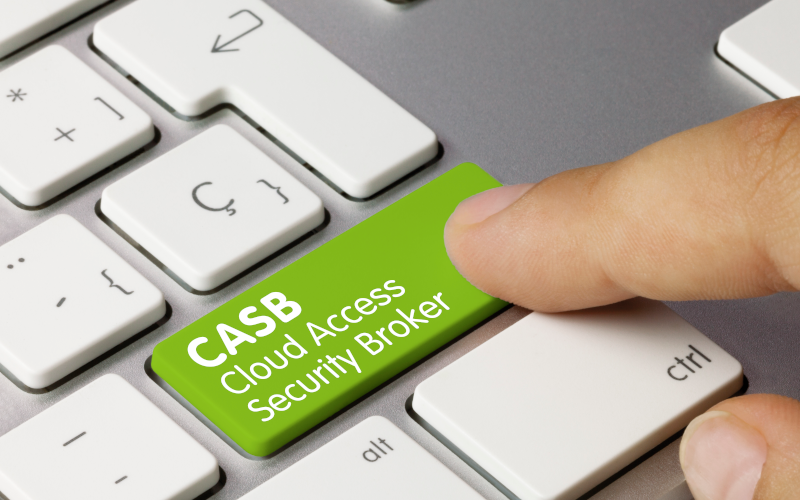Deception ICS
Posted on 14/08/2024, by
INCIBE (INCIBE)

Durante este artículo indagaremos en el funcionamiento y objetivos de una nueva tecnología de nueva adopción en el campo de la ciberseguridad, consistente en la creación de señuelos o información engañosa dentro de un Sistema de Control Industrial, permitiendo detectar y retrasar la intrusión de un ciberatacantes en un tiempo menor.











